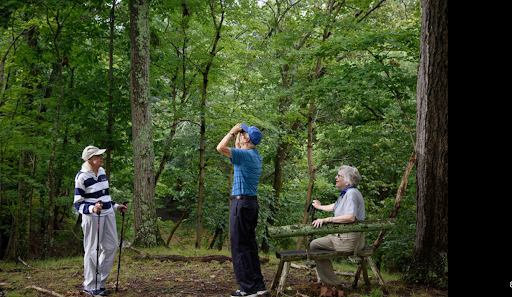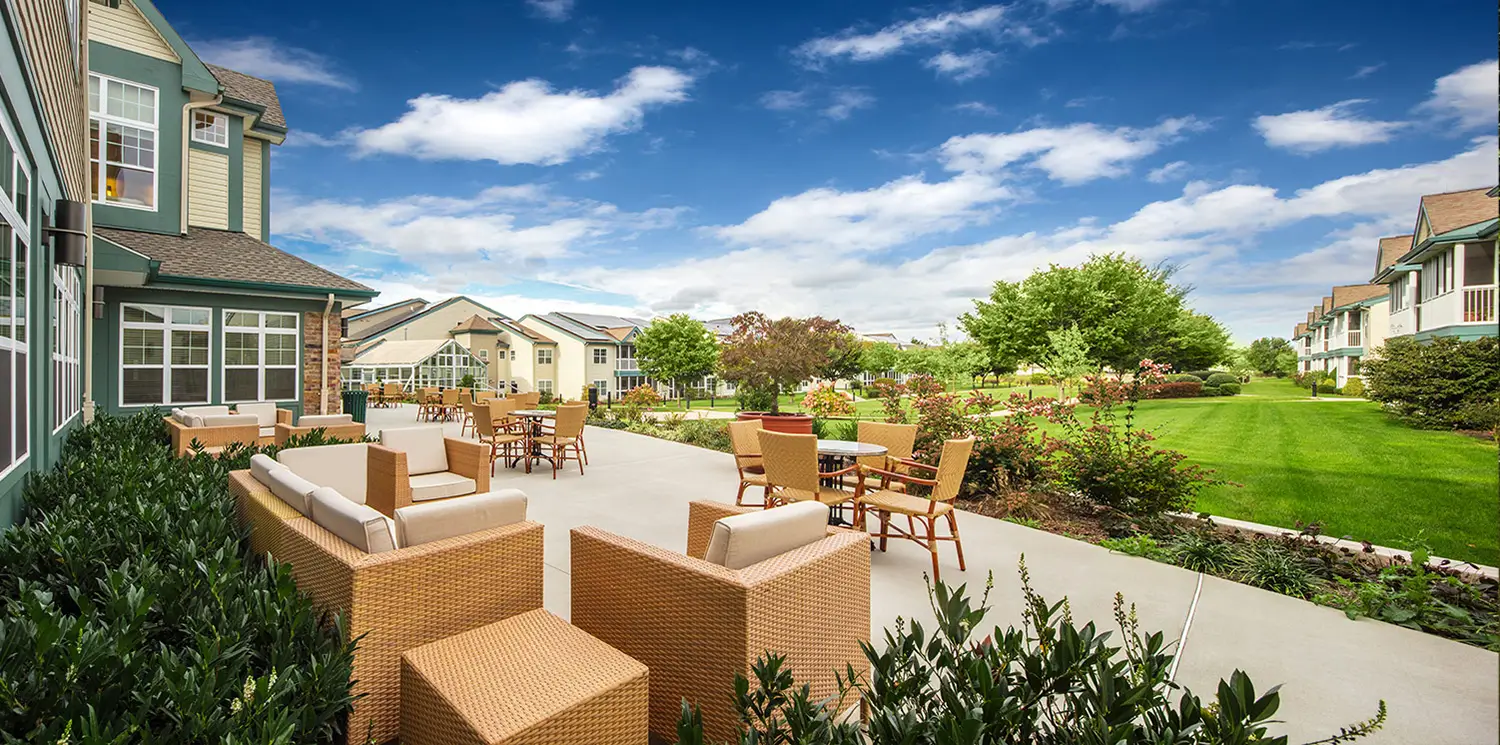What Is Nordic Walking?
June 18, 2024
Think of Nordic walking as a way to bridge the gap between your mind and body.
Sure, regular walking is a great way to keep fit and enjoy some fresh air and sunshine. The challenge comes into play when you’d like to go another mile, but your knees, hips, or back are telling you they’re done.
Nordic walking offers an excellent compromise — an easy way to walk further and maybe even faster with less pain.
“For people with joint injuries in their lower bodies, trekking poles can help absorb some of the landing impact with each step, particularly when going downhill,” explained exercise physiologist and certified Nordic walking instructor Martica Heaner in an article for the Arthritis Foundation. “The poles help keep the body upright and symmetrical, improving balance.”
You’ll need only three things to get started: a pair of poles, a bit of know-how, and a place to combine the two.
All About Nordic Walking Poles
Scandinavian hikers have long used regular ski poles to help with balance, especially on uneven terrain. In 1996, a Finnish fellow set out to design the ideal walking poles. He enlisted the help of a local company called Excel and, after more than two dozen prototypes, unveiled the first official Nordic walking poles in 1997.
Nordic walking poles are shorter than ski poles to compensate for the shorter stride of a user without skis. The feet have a forward angle and can be covered with a bootie for walking on hard surfaces. They also have straps, which allow for a more relaxed grip and less tension in the arms and shoulders.
While you can certainly spend much more, $50 is generally considered a good starting point for quality poles, which come in both one-piece and collapsible models that can easily be stashed in a backpack or suitcase.
Nordic walking poles are made of either aluminum or carbon fiber. Aluminum poles are heavier and more rigid, making you feel more vibration in the arms and upper body. Carbon fiber poles are lighter and more flexible, which makes them more comfortable for some. They’re also usually more expensive than aluminum poles.
Nordic Walking Basics
One of the best things about Nordic walking is how easy it is to pick up. It’s just like regular walking, with just a few minor modifications. You’ll want to remember to lean slightly forward while keeping your shoulders down and relaxed. Your strides will also be a bit longer than usual. The straps are there so you can lightly grip your poles, keeping your upper body looser and more relaxed.
A quick look at Nordic walking in action can help you get the hang of it. This two-and-a-half minute video, produced by AARP, nicely illustrates the proper technique.
More Benefits of Nordic Walking
Nordic walking is quickly gaining ground as an ideal exercise for seniors for two primary reasons: It enables those with joint or balance issues to feel more supported and walk further and turns regular walking into a full-body workout because it engages the core and works the upper body.
“When you walk without poles, you activate muscles below the waist. When you add Nordic poles, you activate all of the muscles of the upper body as well,” explained cardiologist Aaron Baggish in an article for Harvard Health Publishing. “You’re engaging 80% to 90% of your muscles, as opposed to 50%, providing a substantial calorie-burning benefit.”
Nordic Walking At Stonebridge at Montgomery
Wellness is a way of life at Stonebridge at Montgomery thanks to our award-winning LivWell program. In addition to the fully equipped fitness center and heated indoor pool, you’ll find plenty of trails to try out your Nordic walking poles — or to go bird watching, play bocce ball, or just sit and enjoy coffee and a chat with a friend. See it all for yourself by scheduling a visit to our campus in Skillman, New Jersey.




